TACOMA, Wash. -- The fog of war is not a term relegated to men and women on the front lines in combat, but also applies to the medics fighting along them to save wounded Soldiers, Sailors, Airmen and Marines. Those medics deal with chaotic situations where change is the only constant.
In an effort to lower combat deaths by wounds the Army established Medical Simulation Training Fields for field medical personnel to develop skills associated with medics and Combat Life Savers in order to decrease death by wound rates. The Joint Base Lewis-McChord Medical Simulation Training Facility features a field training environment where medics utilize their combat life saving skills in a simulated combat scenario.
"Everyone is calm in a normal training environment," said Staff Sgt. Shane Elder, non-commissioned officer in charge of Occupational Therapy at Madigan and recent MSTC training participant. "When people start to get a little uncomfortable you really see a difference in them. When things get stressful you revert to how you were trained. This training isn't about what exactly happens in war. This is about showing the Soldiers how to respond in chaos. Train as you fight," Elder said.
Madigan Soldiers identified as medics recently participated in an Army Warrior Training project at the MSTC. The groups participated in a course that included identifying unexploded ordinance, working as a team to navigate obstacles, defending against combatants and treating and transporting wounded to a safe zone. The six-member teams were brought together from sections across the hospital and dressed in battle gear from helmets to Kevlar. Surrounded by proctors, the teams maneuvered low-crawls, mud, and the sounds of gunfire to complete the training mission.
"This is an opportunity to take medical knowledge out of the hospital environment and into a more stressful environment," said Staff Sgt. Scott Garrison, assistant non-commissioned officer in charge of Madigan's AWT project. "That is what Army Warrior Training provides. It gives them a chance to come together and practice their leadership, communication skills, and basic medical knowledge replicated in a stressful environment."
Currently, 23 MSTC's exist in the Army, located where the largest footprints of medics exist. They give commanders the opportunity to provide basic and advanced medical training, pre-deployment training, and a variety of scenario-based training options.
"It's also a tool for commanders to start to identify natural leaders," Elder said. "In a training scenario like this, you start to see who emerges as a natural leader, who excels in chaos, and see a Soldier's real potential."
MSTC training is intended to teach Soldiers what a stressful environment will feel like and methods to cope with that stress.
"The idea is that we put as much stress in as we can so they learn to operate in that environment," Garrison said. "The hope is that it makes an actual combat environment a little bit easier to manage."
In addition, the Soldiers practice their Army values.
"We will not leave a fallen comrade," Garrison said. "We will not quit. You can see those values in action here. No one quits, no one is left behind. My proctors are here to train. If someone is having difficulty the proctors are here to identify that and help them."
Training for Madigan Soldiers at the MSTC happens quarterly although some Soldiers attend more often. The length of training is based on the Soldier's needs and their reaction to the experience.
"Some people come through in as little as 45 minutes," said Garrison. "Others take a couple of hours."
"When in the run phase of training for deployment, the more stress that is created the better," said Maj. Michael Wissemann, a Madigan clinical nurse and recent MSTC participant.
"During deployment, in an ER, things will become chaotic, and there is no way to avoid it. The more confusing the training is, as long as standards are maintained, the better the training is for the Soldiers. 2000 years ago Sun Tsu said the more you sweat in peace, the less you bleed in war, and that's still true today," he said.
The MSTC at JBLM has trained more than 5,500 Soldiers in Fiscal Year 2010.
Last year, they exceeded 6,500 Soldiers. The MSTC remains one of the busiest MSTC's in the Army and was awarded the Cpl. Angelo Vaccaro Award for the Army's best medical training facility for 2009.

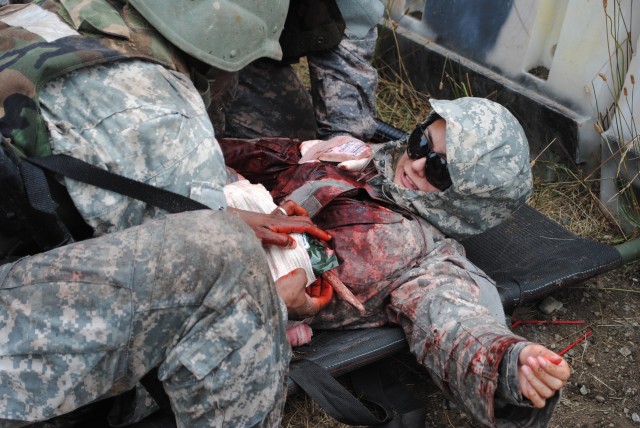
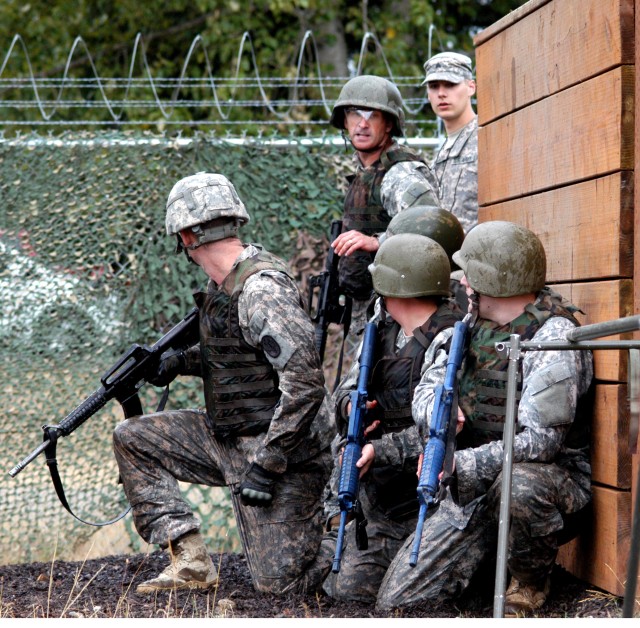
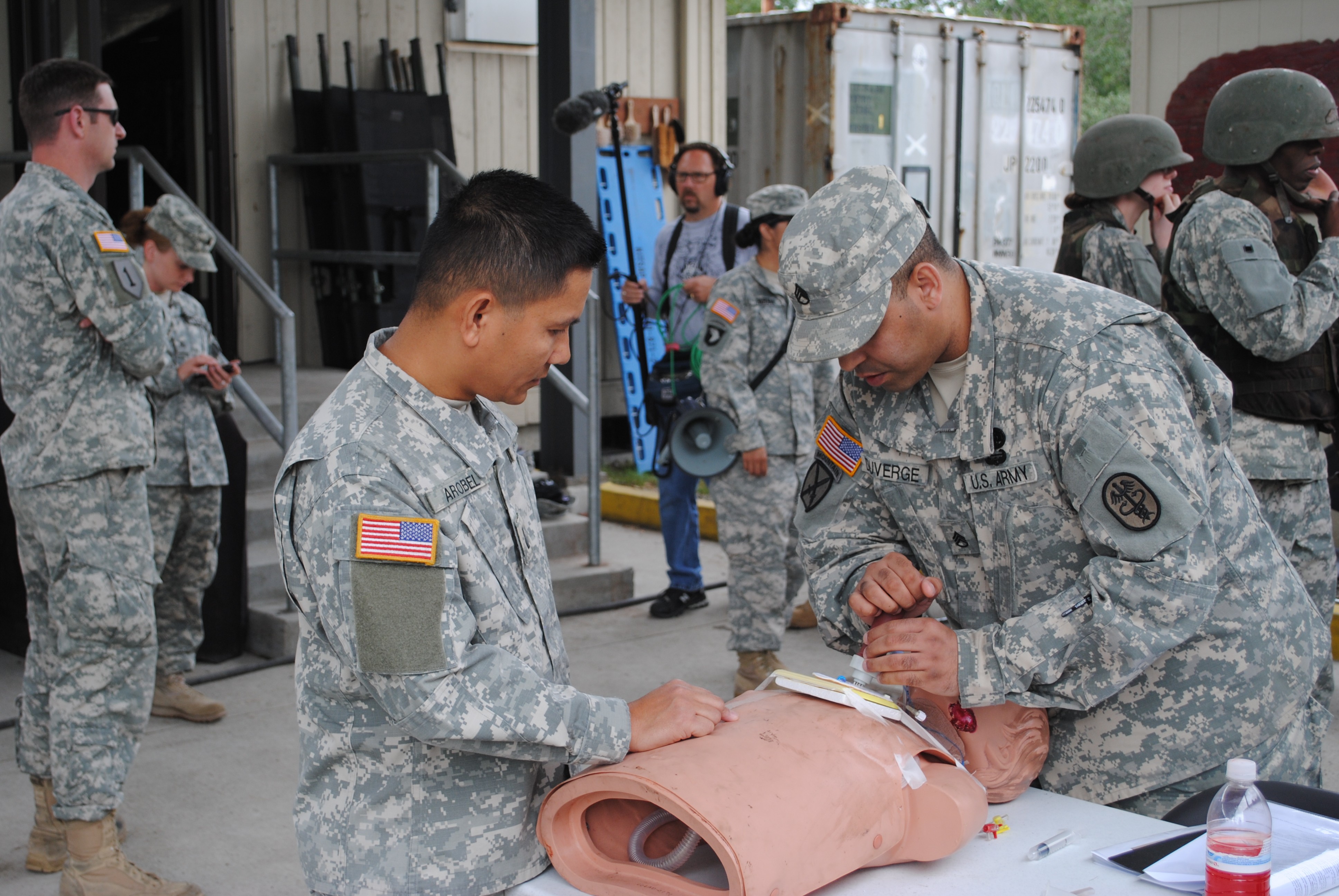
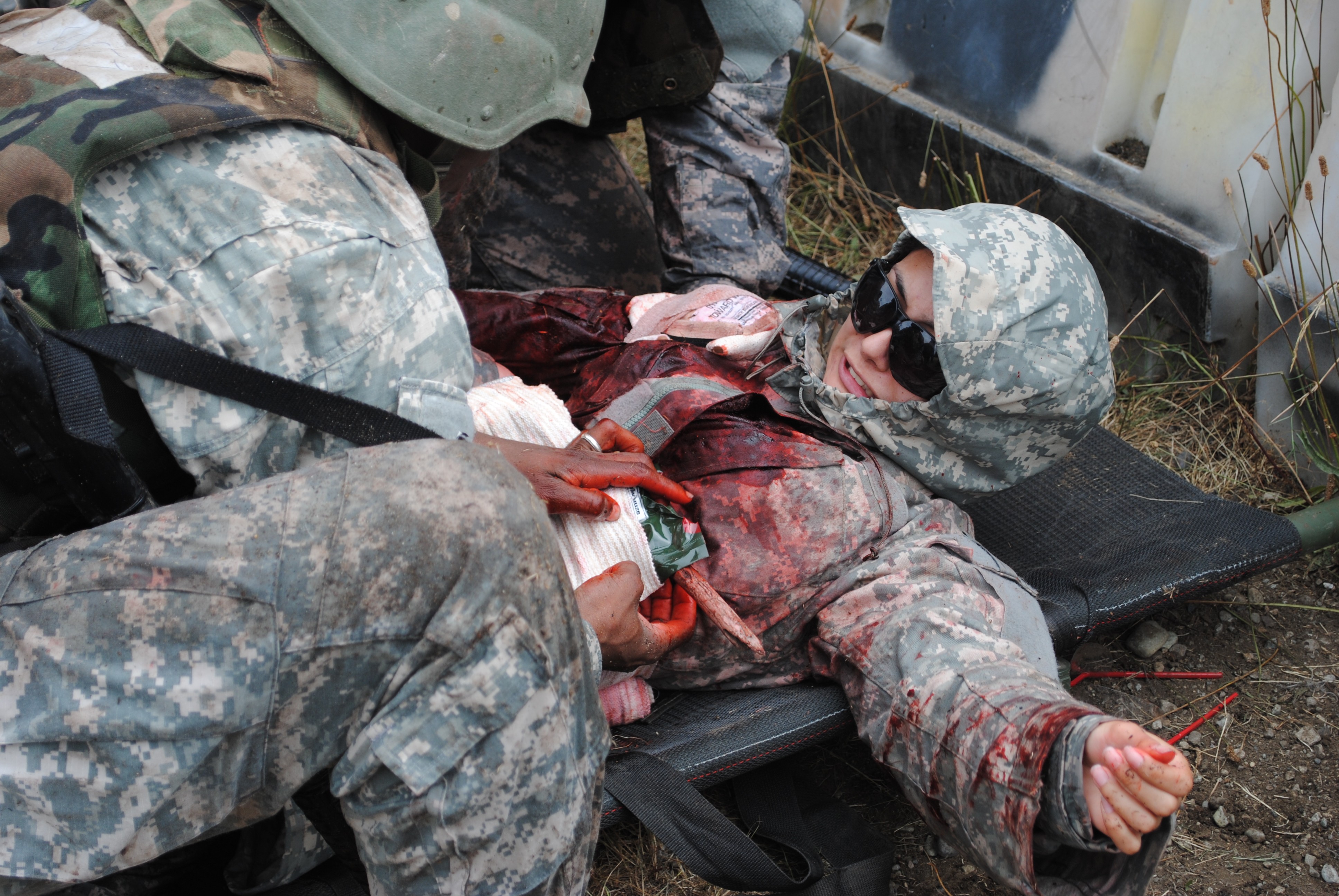
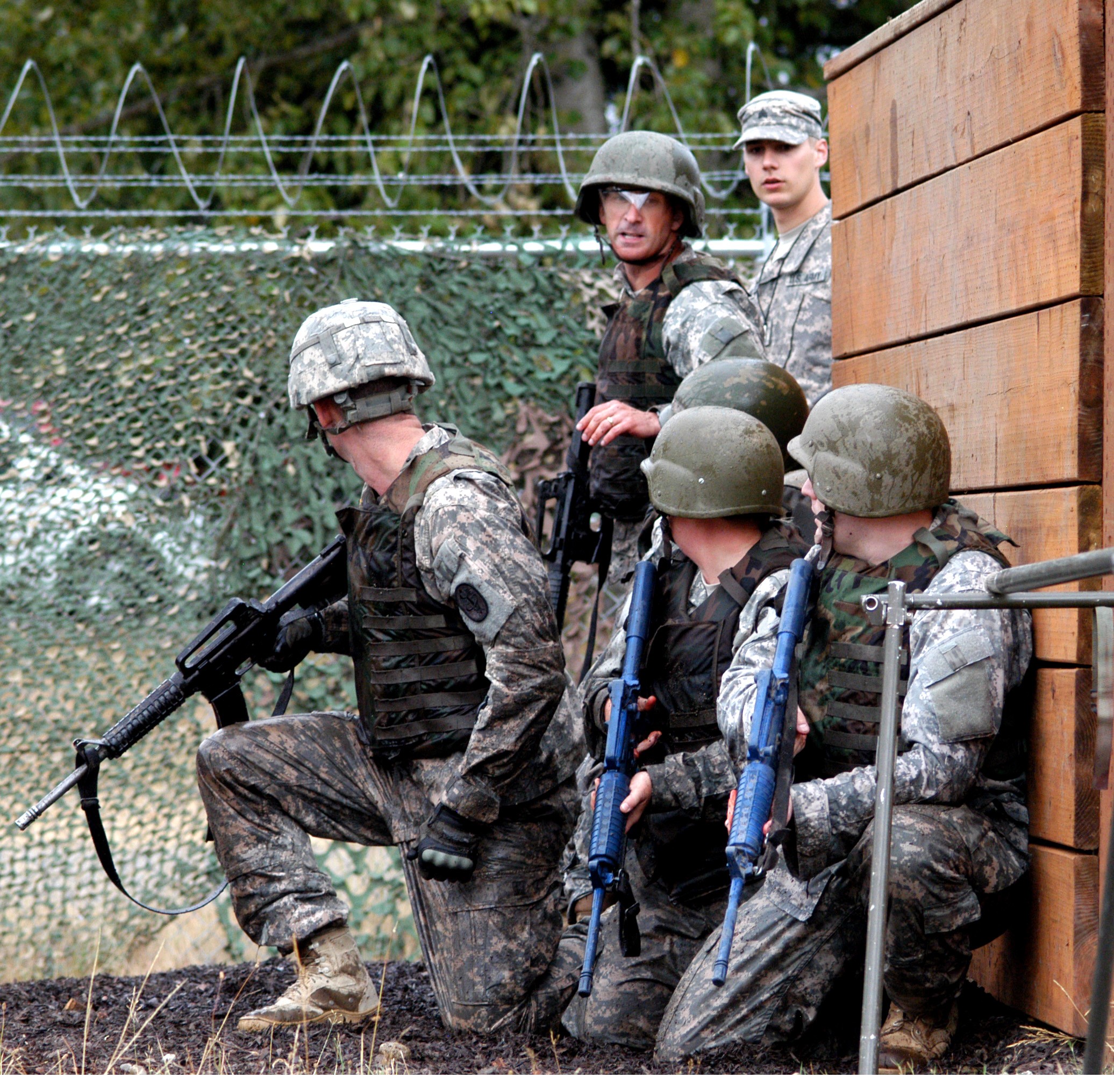
Social Sharing